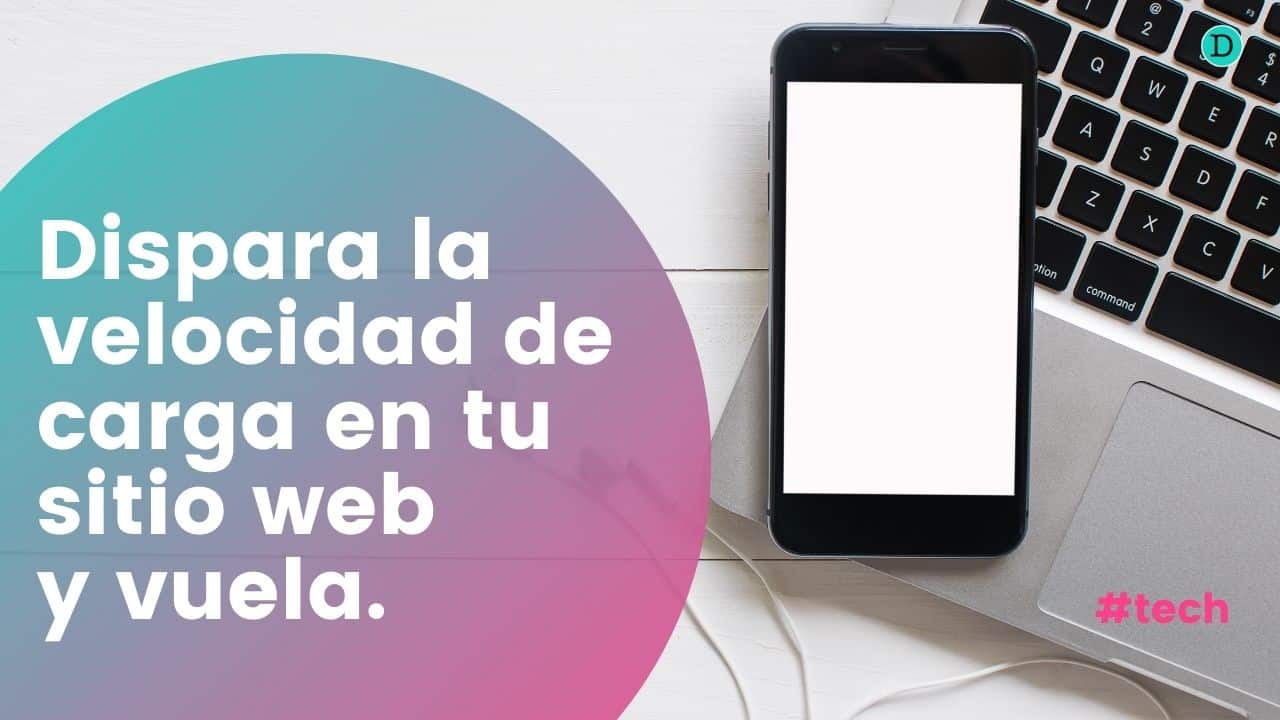The chronowork is one of the buzzwords. A new way of working which, however, is not suitable for everyone and for all sectors.
As I said at the time about time managementthe chronowork has emerged to take optimisation to a new level. At the end of the day, what any worker wants is to optimise your effort to the maximum and achieve the best results in terms of time spent on it.
To put it bluntly, no one wants to do an extra hour if they can avoid itespecially when statistics show that half of overtime in Spain goes unpaid. However, work does not make you alone and to reach your goals many workers need to make an extra effort.
To address this, comes the chronoworka labour trend that emerged from an article by the American journalist Ellen C. ScottThe idea was to apply our new knowledge of DNA to working life, which, strangely enough, soon made its way around the world.
What is chrono-work?

Before we get into the ins and outs of it, the first thing we need to understand is what exactly is chrono-work. The definition is quite simple and fits perfectly with models such as teleworking or remote working.
Chrono-working is adapting your working hours to your circadian rhythms.
Until recently, saying you were a night owl or a day person seemed simply a matter of preference. A cultural thing based on the conditions in which we grew up. And, while environment can always have some influence, the new DNA studies showed that there was something more behind this simple preference.
It is quite simple to understand. The world's population is divided into three types of people according to their DNA. Those who are most productive during the early hours of the day, those who prefer the hours in between and those who need the night to be really productive.
I'm sure you can place yourself in one of these three groups. And you can certainly double or triple your productivity in your favourite time slot.
The problem is that half of the population does not work at their optimal time to be productive.
The usual timetable is also the most common

According to a scientific study by the International Melatonin Instituteunder the University of Granadathe 50% of the population is most productive during the intermediate hours of the day. This would explain why the timetable from 9 to 5 has become the global standard.
Not only is it the best time for most of the population, but it also includes some of the best hours for early risers and night owls. Thus, it has ended up being the consensus schedule and it will not change, especially for aspects such as customer service or shop opening hours.
The so-called "morning person" accounts for approximately 25% of the population, while night owls account for another 25%.
The ideal time for a morning person would be to sleep from 10 pm to 6 am, while a night owl should sleep from 3 am to 11 am.
Timeworking: making the most of your most productive hours

Of course, there have been studies to try to bringing this data into the world of work. One of the most important was made in 2017 at the University of Nevada, in the United States.
This study showed, for example, that from 13:00 hours onwards, people who defined themselves as "morning people" reduced their productivity by 80%, with their peak performance at 9:00 hours. Night owls, on the other hand, had their peak performance at 17:00.
In this respect, it should be noted that the maximum peak productivity never started at the beginning of the working day, but was reached after working for at least a couple of hours.
As a result, more and more workers are looking for options that allow them to work their ideal schedule. In this way they can better reconcile their personal life with their working lifeThis is beneficial for them, but also for companies, which can see their workers perform better than before.
Of course, not everyone can benefiting from chronowork. Companies that depend on the schedules of other companies, stock exchange flotations, media, etc., must adapt to a certain timetable.
So what at first appears to be a perfect solution has its drawbacks. problems when applied to the real world. Unless you are part of that 50% that has the best timetable as the usual timetable.
Even so, some companies have started to establish solutions to deal with the different chronotypes.
Establish compulsory timetables

One of the most common options is to establish compulsory timetables. This is something that has been in place in the public administration for years. In Spain, for example, a government worker on a morning shift is obliged to be at work from 9:00 to 14:30.
To make up the rest of the hours corresponding to your working hoursThe programme can start from 7:00 am (ideal if you are a morning person) or continue until 6:00 pm (perfect for night owls).
In private companies, this type of solution has also been implemented, although not with the chronotypes. It is common for some mandatory hours to be imposed for offshore teams, working from different locations. time zones.
This allows maintaining flexible working hours allowing the inter-team communication that may be on different continents. Thus, meetings are reduced to common times when all time zones are working at the same time.
As an additional benefit, employees have reported that they reduce unnecessary meetings, going only to what is important. It is not uncommon for value-producing workers to complain about middle managers who only have meetings to justify their job. According to the consulting firm Bain & Company, losses for companies in unnecessary meetings can be as high as 15%.
Self-employment

Another option for people who diverge from the chronotype is to opt for the self-employment or the independent consultancy. This allows them to work at their peak productivity times, without having to rely for the bulk of their work on the schedules of third parties.
On the downside, they probably cannot escape making presentations and commercial approaches at times that do not correspond to their optimal time, but it does allow them a better balance between work and daily life.
Children and personal life

Is work the centre of your life? There is another trend that mentions that there is absolutely nothing wrong with not spending your most productive hours at work. developing your career.
Mentioning people with nocturnal schedules, they show how having this chronotype allows them to enjoy more quality time with family, children and friends. In the end, at the moment when they are most awake and attentive, they are spending it with the people they love the most.
It is about the difference between working to live and living to work. These studies focus on the pursuit of happiness and, often, to achieve happiness, you don't need to give 120% in your work, but you can use that optimum moment to enjoy your free time.
How to balance time-work with your actual schedule?

In practice, many professionals are not able to work their ideal schedule according to their chronotype. However, there are some things they can do to make the most of their tasks in the hours when they have to work.
Let's take a look, just in case we are not lucky enough to have a adapted timetable.
Using your best hours for the most difficult tasks

The most basic advice is to use the most productive hours for the most complicated tasks. Tricks like muting work chats for a couple of hours can help to avoid interruptions that take you out of that process on the way to peak productivity.
As I mentioned earlier, it's not just a matter of getting to work at a certain time, but as Picasso said, that inspiration catches you at work. Thus, it must be taken into account that we need a previous period in which it will increase until it reaches its peak.
Group work meetings at times that are furthest away from your chronotype.

On the other hand, this also means changing the time of day for the most mechanical or unproductive tasks. If you have to do something like fill in data in an Excel spreadsheet that doesn't require you to apply your intelligence, leave it for those moments that don't suit you.
If you are a morning person, for the end of the day, if you are a night owl, for the beginning of the day.
The same goes for meetings. In the end, even if it is a brainstormingYou can do the creative part at your ideal time and transfer your findings to the less ideal time.
Adapting to reality

Finally, it is also important to not to obsess. In the end, we have been working for centuries when we had to work, without taking into account our internal timetables, but rather external aspects such as weather conditions or harvesting seasons.
We can continue to do so.
So, it's absolutely fine if our work means that you can't adapt to your chronowork ideal. However, if you have the possibility, it will be to your benefit and to the benefit of your company.
At Ddigitalsto try not to affect the chronowork in our clients, we always have an email footer in which we ask them to do not feel obliged to respond outside their working hours.
As I said Socratesknow thyself, in the end that is the key in the chronowork and in life. Learn what your circadian rhythm is and try to adapt to it as much as possible.





